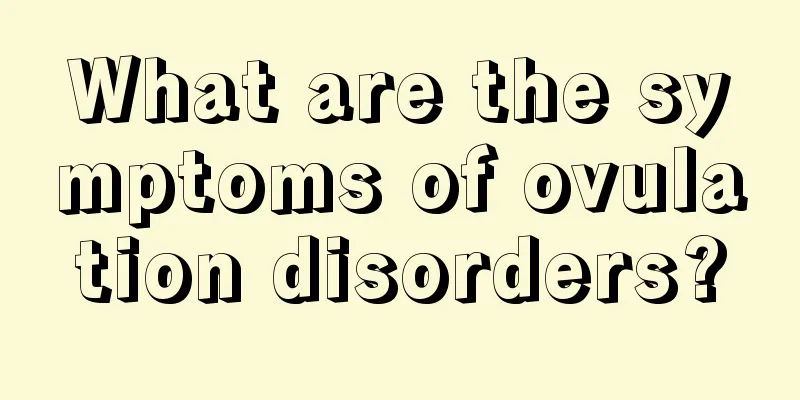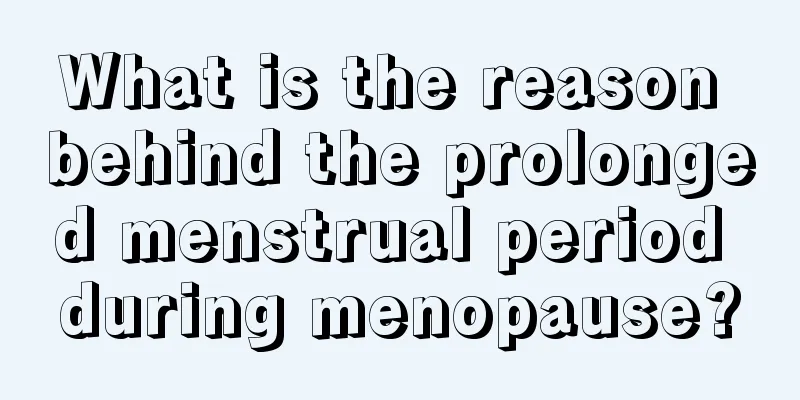How to treat chronic pelvic pain

|
Chronic pelvic pain generally refers to non-cyclical pain that lasts for more than half a year. At this time, the use of some opioid drugs for treatment is not particularly effective. This type of chronic pelvic pain is also a common gynecological disease, especially chronic pelvic pain. The cause is relatively complicated. It is necessary to understand the specific cause in time and then use symptomatic medication to treat it. Let’s take a look at how to treat chronic pelvic pain. How to treat chronic pelvic pain 1. Principles of medication It is often difficult to achieve the desired effect with a single medication, so combination therapy is often used. Special attention should be paid to drug interactions, drug reactions should be checked frequently, and the types and doses of drugs should be minimized to reduce side effects and costs. 2. Commonly used drugs (1) Analgesics include nonsteroidal anti-inflammatory drugs (NSAIDs), combinations of NSAIDs and milder anesthetics, and pure anesthetics. (2) Antidepressants Antidepressants not only fight depression, but also have analgesic effects with unknown mechanisms. The efficacy of antidepressants for chronic pain is not very reliable, but they are widely used because they can be used as an alternative to anesthetics and are not easily abused and have low dependence. (3) In the process of organ-specific drug treatment of CPP, gastrointestinal symptoms, bladder irritation symptoms and skeletal muscle pain can be targeted. (4) Other drugs For example, medroxyprogesterone acetate (progesterone acetate) can reduce pelvic congestion by inhibiting ovarian function to relieve related pain. GnRH-a has been suggested to differentiate between gynecological and non-gynecological causes of pain. 3. Laparoscopic treatment Laparoscopic treatment of chronic pelvic pain should be determined according to its specific circumstances. 4. Psychotherapy Patients who do not have obvious organic lesions but have psychological disorders should receive psychotherapy. You can start with simple methods, such as education and reassurance, and gradually move to specific psychotherapy techniques, such as relaxation therapy, cognitive therapy, supportive therapy, etc. 5. Other treatments Including physical therapy, massage and other therapies. Causes Organic diseases such as chronic pelvic inflammatory disease, endometriosis, adenomyosis, pelvic adhesions, etc. can cause pain, but many patients only have mild pathological changes or no organic changes. Pelvic organ distortion caused by adhesions and endometriosis does not necessarily cause pain. Even if it does, the location and degree of pain may not be related to the location and severity of the lesion. It may be related to traumatic sexual experiences, marital unhappiness and sexual dysfunction. |
<<: Is 2 cm of pelvic fluid serious?
>>: Will pelvic effusion cause abdominal pain?
Recommend
How long does it take to have an abortion?
Abortion usually takes a month, which is the same...
What is the reason for yellow in vaginal discharge?
Yellow leucorrhea mostly tells you that there is ...
What should ladies eat to nourish their kidneys?
As people's living standards continue to impr...
A famous actress died of influenza! Doctors urgently remind: If these conditions occur, please seek medical attention immediately!
According to multiple media reports on February 3...
What will happen if I take the medicine before meals instead of after meals?
It is normal to take medicine when you are sick. ...
What items are usually checked in a female physical examination
Every woman must go to the hospital for regular p...
How can women nourish their stomach and liver?
In today's social life, many people suffer fr...
What happens if my period comes one day and then stops?
Women's bodies are naturally weaker and are e...
After being pecked by it, the woman was in critical condition and was admitted to the ICU!
it is known Cat or dog bites and scratches Rabies...
Stomach pain, menstruation just won't come
Many women feel that abdominal pain during menstr...
What are the ways to maintain ovaries?
The method of maintaining the ovaries plays an ex...
Can I use geranium essential oil during my period?
Essential oils are commonly used by women. They p...
I got my period on the day I had my double eyelid surgery
It takes about 1 to 6 months to recover to a rela...
Right ovary does not ovulate
In life, many women often have one ovary that doe...
Why does a woman bleed black blood from her private parts?
Female friends will have menstruation after reach...









